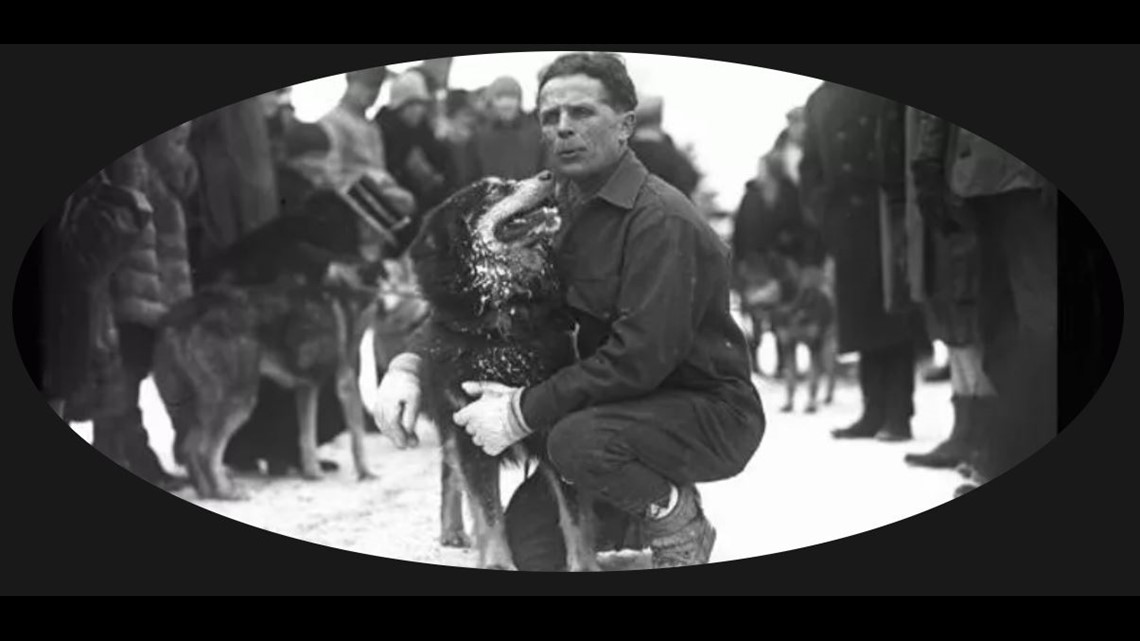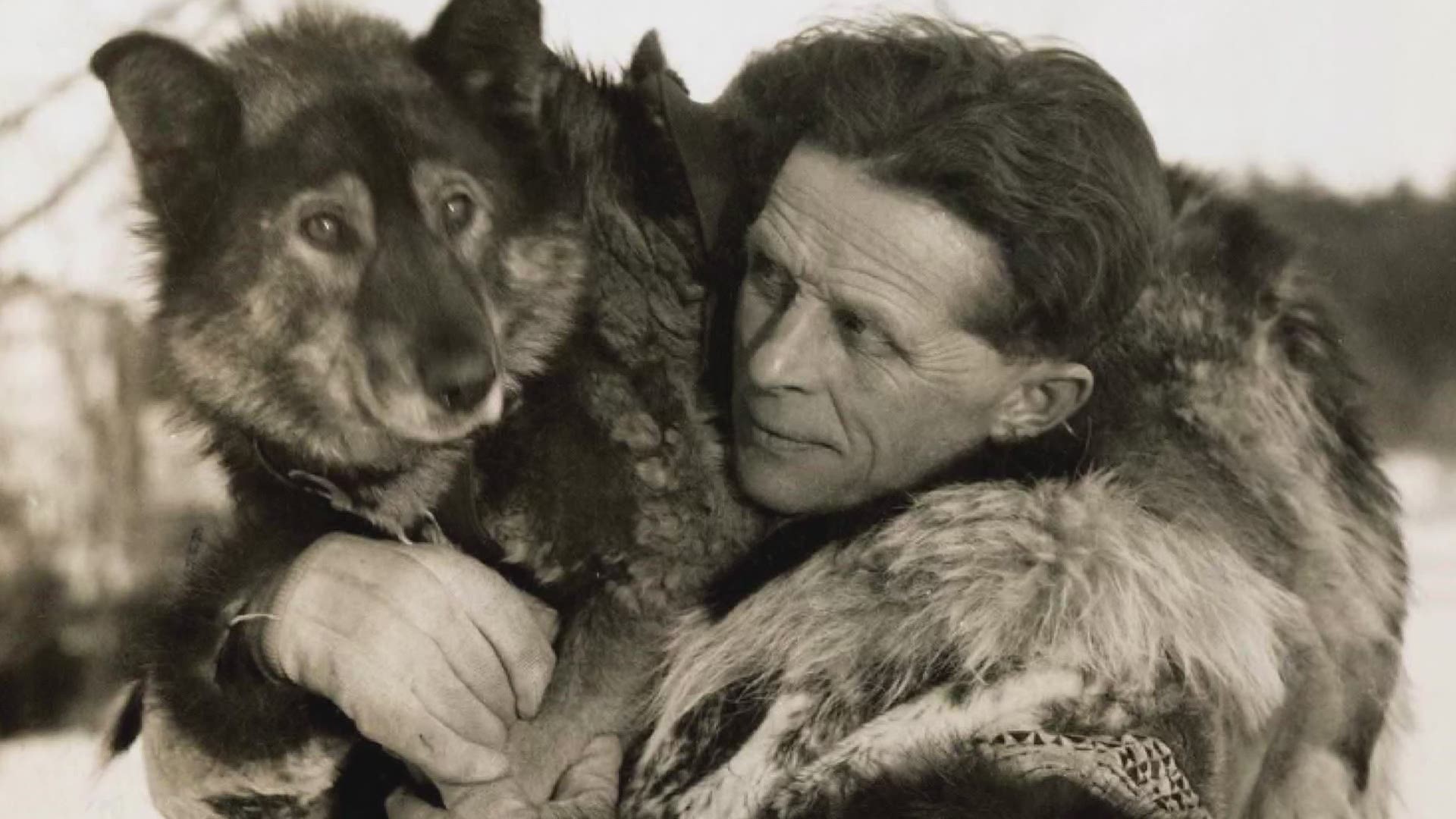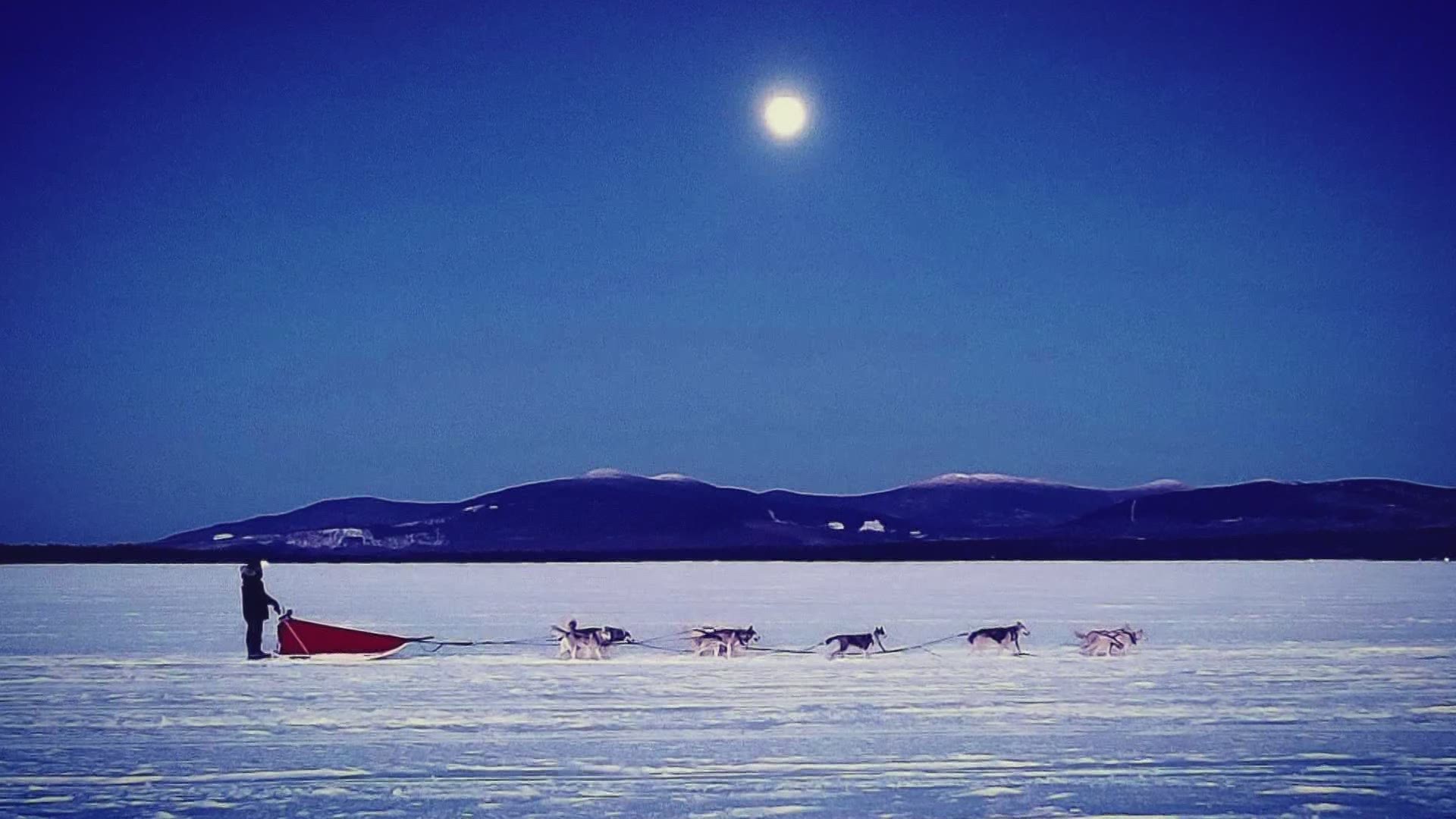FORT KENT, Maine — In 2019, Disney released a movie called “Togo,” a historical drama about a sled dog named Togo and musher Leonhard Seppala. The movie tells the story of how, during an outbreak of diphtheria in 1925, they delivered lifesaving medicine to the remote town of Nome, Alaska.
Togo was the lead dog in Seppala’s team during the longest and most dangerous leg of the journey – 261 miles. He spent the last years of his life in Poland Spring, Maine, where he died at the age of sixteen. Togo's story lives on in Poland Spring, and now, an effort is underway to erect a statue there to honor him.
Jonathan Hayes, who lives in Fort Kent in Aroostook County, breeds, trains, and mushes Seppala Siberian Sled dogs – all descended from Togo and the Alaskan dogs of 1925. Hayes recently set out on a demanding solo expedition across the North Maine Woods. It was his way of paying tribute to Togo.
Before Jonathan Hayes moved to Maine about 25 years ago, an old-timer said to him, "You gotta find some way to enjoy the winters because they’re so long, you can’t stay inside.”
Sage advice. With a Bachelor’s degree from the University of Maine, and a background in biology and wildlife – this sixth-generation Tennessean fell in love with the state. "I have a passion for the North Maine Woods – Maine is my adopted home," says Jonathan. His other passion? These sled dogs.
"My dogs are true Arctic Spitz breed dogs – they’re not the racing huskies. So their coats are thicker, their pads are tougher, and they prefer… the colder it gets, the faster my team runs and the better it performs."
It has long been his dream to embark on a solo expedition, mimicking the conditions, the distance, and some of the challenges Togo and Leonhard Seppala faced on their journey. A dream, like a lot of dreams, that kept getting put off, season after season. That was, until this year when all of the sled dog races canceled.


"All of the planets just kind of aligned, and it just seemed like the right time to do what I’ve been wanting to do. And so I - carpe diem – I just seized the day."
They would ultimately be covering 40 to 45 miles per day – and Jonathan and his team began training in the Fall. They built up the weight on the sled, and extended distances – all the while increasing their speed. It is literally in the DNA of these dogs to do this kind of work.
"It’s almost like they know exactly what you want them to do the moment you put the harness on them. I really believe that mushing for sled dogs is just this magnified desire to chase something down that they can’t see – it’s just around the corner, always – and it’s an obsessive thing with them. These dogs really thrive the colder it gets – they can function and work comfortably in 50 to 60 below zero temperatures," says Jonathan.
He chose the last week in February – and named the expedition the “Togo 261” – starting in Fort Kent, traveling occasionally in parts of the woods where there weren’t even logging roads, and the team had to sometimes break their own trail. Jonathan and his team stayed at hunting camps along the way; when word spread about the expedition, the camps offered lodging, a meal, even raw moose meat for the dogs.
This was the route that Jonathan planned and followed:
Day One, Fort Kent to Allagash (stayed at Kelly Camps)
Day Two, Allagash to Round Pond (Stayed at Jalbert Camps)
Day Three, Round Pond to Umsaskis Lake (Camped out on the ledges)
Day Four, Umsaskis Lake to Chamberlain Lake (Stayed at Nugent's Camps)
Day Five, Chamberlain Lake to Chesuncook Lake (Stayed at the Chesuncook House)
Days Six, Chesuncook Lake to Seboomook Wilderness Camps on the north shore of Moosehead Lake
Day Seven, Seboomook to Greenville via Moosehead Lake
Finish at Thoreau Park, East Cove, Greenville Maine
"Thankfully, I had a lot of great woodsmen, people who really know the North Maine woods who just jumped on board and when I finished a section, and I was at a sporting camp, the owner of that sporting camp or the Allagash ranger would sit down with me with my Maine Atlas and Gazetteer from DeLorme and help me plot the next day’s travel. People forget just how remote the North Maine woods is. There were two days where there was not even logging road access to where I was. That can be a little daunting – but it can also be really inspiring when you think what we have right out our back doors as Mainers here in the state of Maine."
He traveled with a satellite phone, his only link to the outside world – and carried about two days worth of supplies on the sled. He picked up additional provisions at two stops along the way and relied on two compasses and the stars for navigation.
"An expedition is a different animal. You’re carrying everything you need to survive if you get caught in a blizzard for several days on the sled. We were prepared for anything that Old Man Winter and the North Maine Woods wanted to throw at us."
Jonathan sums it up this way. "So for me it’s about Togo and Seppala and honoring them but it’s also drawing attention to this heritage breed and just how special and significant they are historically and to our efforts to continue preserving the breed in to the future. At any given time over the seven days that I was out there, I was either praying, thanking God for the opportunity, or I was praying, asking God to get me out of whatever trouble I was in at the moment...!"
In all, Jonathan and his team traveled about 280 miles over the course of seven days. His team consisted of both male and female dogs, the males tend to be stronger, females faster. While the dogs feasted largely on raw meat, *he ate a lot of high-fat foods – with butter, peanut butter, and chocolate chips, and still lost weight over the course of the week. Videographer Jeremy Grant of The Timber Cross followed along with Jonathan and his team. Grant is putting together a documentary of the expedition, and we will update this information when the documentary is available for viewing. Jeremy also contributed footage to this story. You can follow Jonathan and his sled dogs on Instagram and Facebook.
And here's another update to the story!
One of the females on the team recently produced a litter of pups -- and Jonathan says this litter was actually conceived during the expedition. These pups carry on the Togo tradition, and will surely have endurance in their DNA.
Note: After this story aired, a viewer wrote to recommend the book "Togo and Leonhard", a book by Pam Flowers -- for further reading.
If you would like to donate to the fund that has been created to build a statue to honor Togo, click here.



